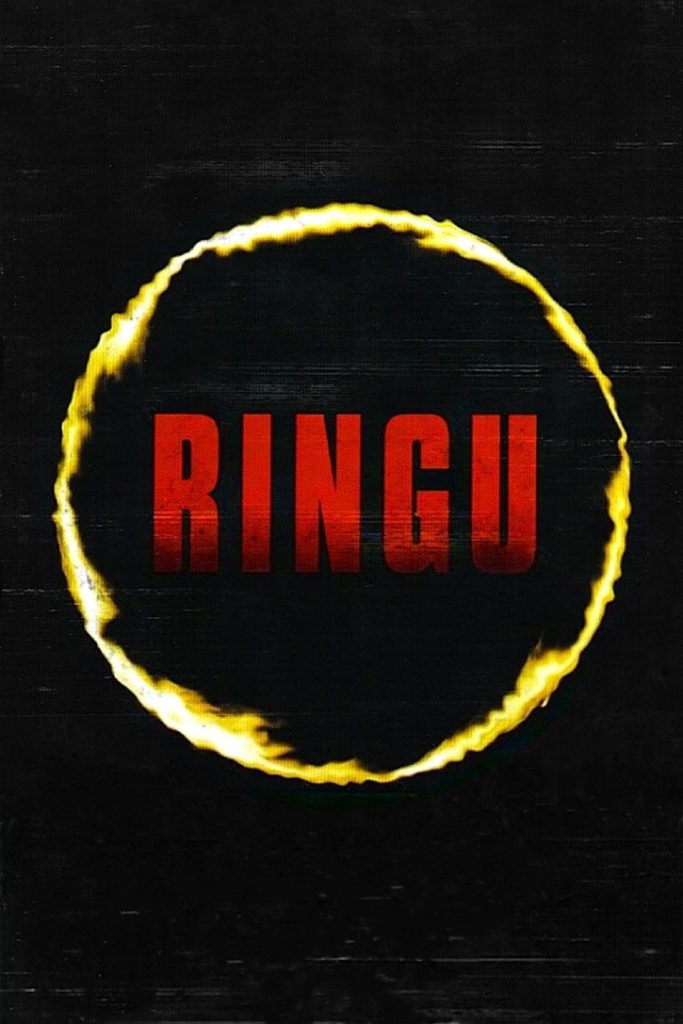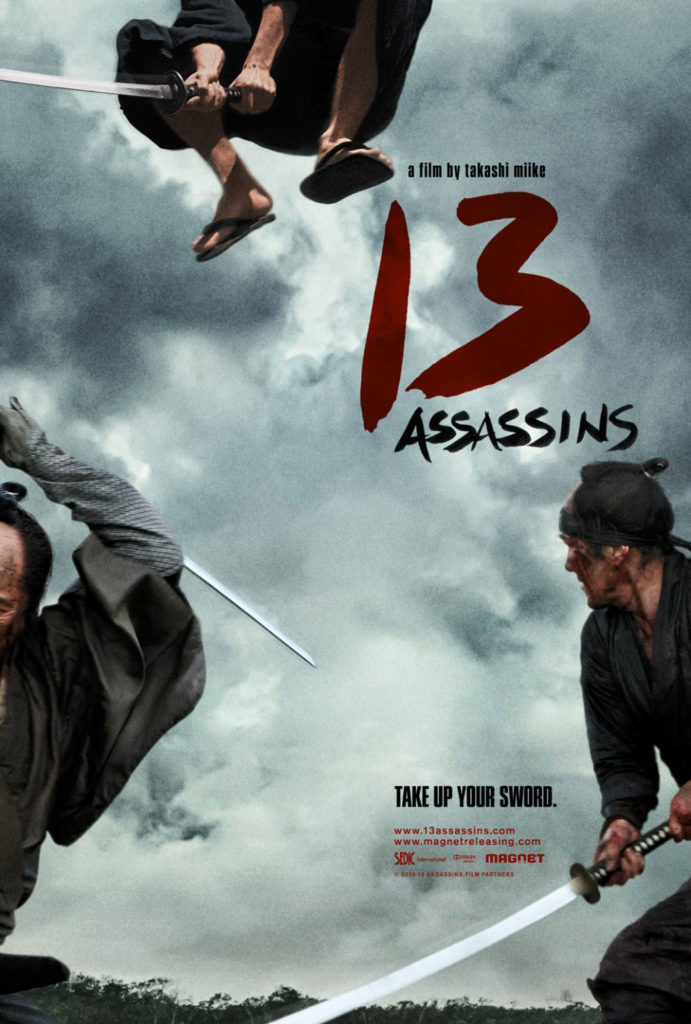What a strange buddy cop flick. From a story by David A. Prior (screenplay by Henry Madden), and produced by David Winters, two of the founders of Action International Pictures, one of Shitty Movie Sundays’ favorite production companies, Body Count is a collaboration with Toei, one of the giants of Japanese cinema. The film even features one of Japan’s biggest movie stars, Sonny Chiba, as the villain. I don’t know what the suits in Japan were expecting, but I have a feeling it wasn’t a direct-to-video b-action flick where one of the most bankable stars in Japan’s history plays the bad guy opposite a pair of character actors in rare starring roles. Continue reading “Body Count (1995), aka Codename: Silencer”
Tag: Japanese Flick
Evil Dead Trap, aka Shiryô no wana
This year’s Horrorshow theme is Italian horror flicks, and by coincidence, today’s non-themed movie happens to be a Japanese film that does all it can to resemble an Italian horror flick…and just about every big-time horror flick one can think of. It’s a good thing it does it well.
From 1988 comes Evil Dead Trap, directed by Toshiharu Ikeda from a screenplay by Takashi Ishii, both of whom had made their bones in adult movies. The film follows television presenter Nami Tsuchiya (Miyuki Ono) and her small crew as they investigate the origins of a snuff video that was sent to their office. Clues in the video lead the group to what looks like an abandoned military facility. After digging into some clues on my own, specifically some faded signage, it looks like Ikeda and company filmed the movie at Camp Drake, a location once used by the United States Air Force’s 1956th Information Systems Group, out of Yokota Air Base west of Tokyo. How’s that for some Google-fu? Continue reading “Evil Dead Trap, aka Shiryô no wana”
Matango, aka Attack of the Mushroom People
Forget the original title of Matango. It was the Americanized title of Attack of the Mushroom People that grabbed my attention. People that look like giant fungi on the attack? Sign me up. I’m not naïve about movies like this. I know, before ever seeing it, that a title like that promises more than it can deliver, but I’m okay with it. Should the film be dragged out and the mushroom people only make significant appearances during the last few minutes, that’s just fine by me. I wanted this movie to be bad, after all. And it is! Continue reading “Matango, aka Attack of the Mushroom People”
Battle Royale
Before The Hunger Games, there was Battle Royale. In fact, it’s not all that hard to go back through literary and film history to find stories about groups of people being hunted in a confined environment, commonly an island. Some pit characters against each other, while some feature characters whom are hunters, specifically. A quick trip through my memory (aided by the Google machine) brings up The Most Dangerous Game, The Running Man, and even Death Race 2000. This isn’t a hard idea to come up with, which is why Suzanne Collins, the author of The Hunger Games novels, can plausibly claim that she never heard of the book and film Battle Royale before the similarities were pointed out to her. Continue reading “Battle Royale”
Ringu & The Ring
 It’s the October Horrorshow! It’s no secret that I hate autumn. It’s a shit time to be alive here in the northern latitudes, where the air takes on a chill, the days become noticeably shorter, and every plant from here to Seattle looks like it’s dying. Thank goodness, then, for Halloween. The festival of death is a yearly finger in the eye to the fall season, when we, and by that, I mean me, watch lots and lots of horror flicks. I choose to embrace nature’s inexorable slide into hibernation by watching fake snuff films, paradoxical as that is, and I love every minute of it. Like last year, there’s a full slate of reviews this year. No gaps. And the first is a double billing.
It’s the October Horrorshow! It’s no secret that I hate autumn. It’s a shit time to be alive here in the northern latitudes, where the air takes on a chill, the days become noticeably shorter, and every plant from here to Seattle looks like it’s dying. Thank goodness, then, for Halloween. The festival of death is a yearly finger in the eye to the fall season, when we, and by that, I mean me, watch lots and lots of horror flicks. I choose to embrace nature’s inexorable slide into hibernation by watching fake snuff films, paradoxical as that is, and I love every minute of it. Like last year, there’s a full slate of reviews this year. No gaps. And the first is a double billing.
Ringu is the king of J-Horror. It’s not an undisputed title, but, as of this October Horrorshow, Ringu ranks as the highest-grossing horror film in Japanese history. That’s a fairly good argument in the film’s favor.
From 1998, Ringu is an adaptation of a novel of the same name by Koji Suzuki. The film was directed by Hideo Nakata. Continue reading “Ringu & The Ring”
Gojira & Godzilla, King of the Monsters!
Gojira is a very serious film. To watch it is to glimpse how grievously Japan was traumatized by World War II. Released only nine years after the end of the war, the film is heavy on imagery meant to invoke memories of the destruction that swept Japan’s cities. The origins of the monster Gojira are a pricking of the wounds left over from the nuclear bombings of Hiroshima and Nagasaki, and the firebomings that destroyed almost all large Japanese cities. What we see in this film is a generation of people still trying to cope with events from a decade past. At times, in scenes that take place in overflowing hospital wards or on streets where characters are surveying the devastation, I was struck by the realization that these people on screen were drawing from their own memories in their portrayals. Continue reading “Gojira & Godzilla, King of the Monsters!”
13 Assassins
 Three historical periods in Japan are among the most interesting and compelling in the annals of human civilization. The Sengoku period, also known as the Warring States period, comprised the height of feudal conflict from the 15th century to the early 17th century, culminating in the unification of Japan under the Tokugawa Shogunate in 1603. The new era of peace which followed, the Edo period, lasted until the Shogunate collapsed in the wake of internal and external pressures for Japan to end its forced isolation and open its shores to the modern world in the 1860s. What followed was the Meiji period, when the emperor was restored to power, and Japan, through numerous fits and starts, became the empire that was finally defeated by the Allies in World War II.
Three historical periods in Japan are among the most interesting and compelling in the annals of human civilization. The Sengoku period, also known as the Warring States period, comprised the height of feudal conflict from the 15th century to the early 17th century, culminating in the unification of Japan under the Tokugawa Shogunate in 1603. The new era of peace which followed, the Edo period, lasted until the Shogunate collapsed in the wake of internal and external pressures for Japan to end its forced isolation and open its shores to the modern world in the 1860s. What followed was the Meiji period, when the emperor was restored to power, and Japan, through numerous fits and starts, became the empire that was finally defeated by the Allies in World War II.
The legacy of the past, particularly the rigid caste structure that used to exist in Japanese society, is still very much in the public consciousness there, owing to the mythologies surrounding the samurai. A privileged class of warriors, the samurai rose alongside the violent and prolonged wars that typified feudal Japan. One could not seem to exist without the other. Once the wars ended with unification, however, the samurai were without their core purpose, relegated either to roles as bureaucrats, or as restless vagabonds, the laws of the time barring the honored warrior classes from making a living in so-called menial positions as laborers, merchants, or artisans. Yet the samurai were never weaned properly off their warrior ethos. The erosion of the samurai’s self-worth was one of the driving factors behind the collapse of the Shogunate. Continue reading “13 Assassins”
Godzilla Against Mechagodzilla & Godzilla: Tokyo S.O.S.
This past week the programmers at Telefutura graced its viewers with a very special set of movies. Sunday night saw a rare return in modern television to the late night creature feature, with Godzilla Against Mechagodzilla (from 2002, not to be confused with 1974’s Godzilla vs. Mechagodzilla). And last night came the followup, Godzilla: Tokyo S.O.S. from 2003. Of course, Telefutura is a Spanish-language station, and I don’t speak Spanish. In addition, I didn’t mark down any listing times for these movies with an intent to tune in. I stumbled on them while flipping channels, both well into their respective story arcs. But what the hell, it’s Godzilla. Even truncated and in a foreign language, no Godzilla flick is difficult to follow. Continue reading “Godzilla Against Mechagodzilla & Godzilla: Tokyo S.O.S.”
